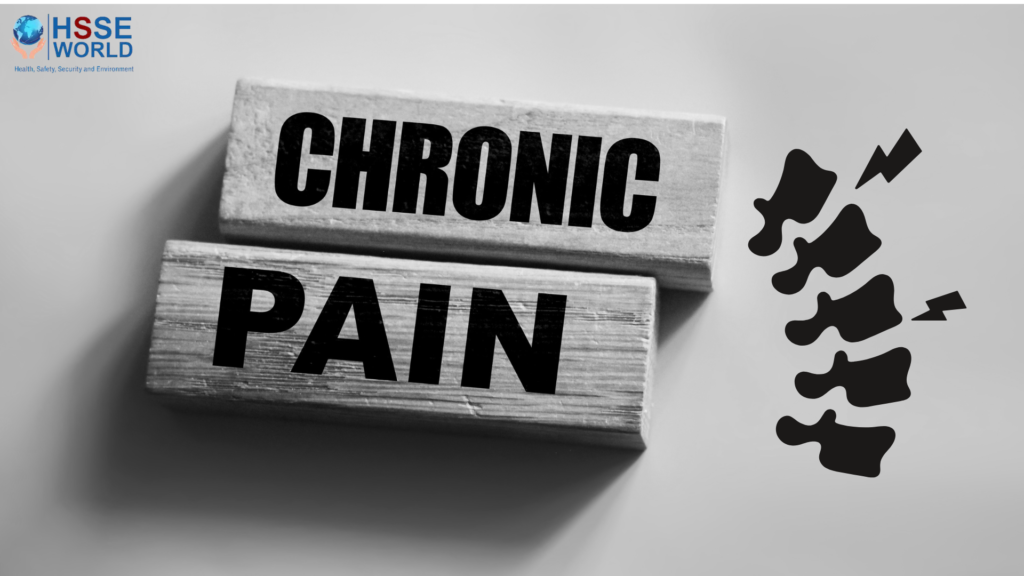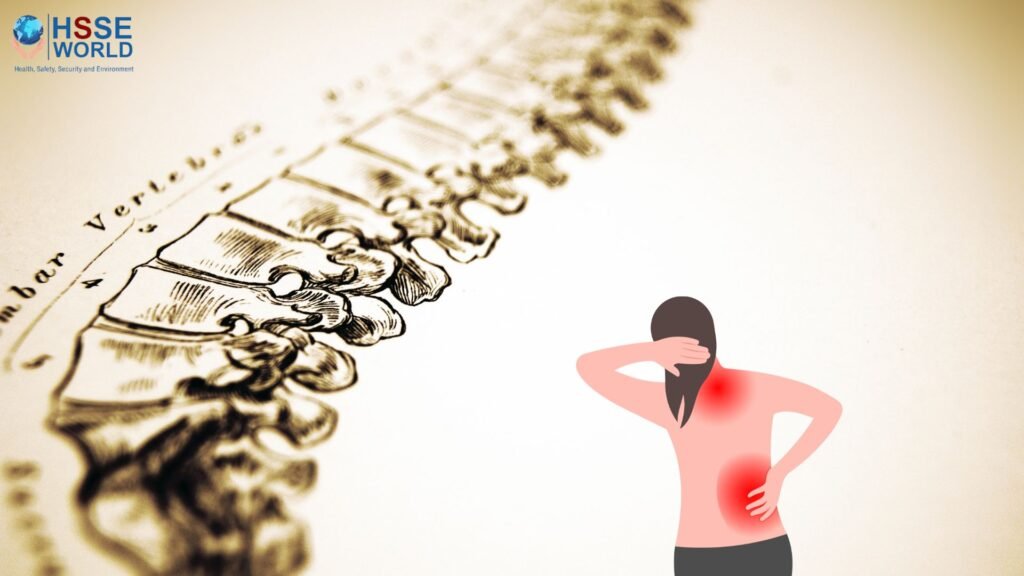DIY Pest Control Mistakes That Can Lead to Exterminator Services
3 min readMany homeowners attempt do-it-yourself (DIY) pest control methods to address common household infestations. While some DIY approaches can be effective, others may inadvertently exacerbate the problem, leading to the need for professional exterminator services. This article highlights common DIY pest control mistakes and provides insights into when it’s best to seek professional help.

1. Ignoring the Severity of the Infestation
One of the most common mistakes homeowners make is underestimating the severity of a pest infestation. They may attempt DIY methods without realizing the extent of the problem, allowing pests to multiply and spread further. Ignoring signs of a growing infestation can ultimately lead to a larger and more challenging issue to resolve, necessitating the intervention of professional exterminators.
2. Using Incorrect Products or Techniques
Another DIY pest control mistake is using incorrect products or techniques to address the problem. Homeowners may rely on ineffective or outdated methods, such as store-bought sprays or traps, that fail to eliminate pests effectively. Additionally, improper application of pesticides or over-reliance on DIY remedies can result in exposure to harmful chemicals and health risks for occupants. In such cases, seeking guidance from professionals like those at https://www.cockroachexterminator.org/ can ensure the use of appropriate products and techniques for safe and effective pest control.
Read Foodborne Diseases overview
3. Failing to Address Root Causes
DIY pest control efforts often focus on eliminating visible pests without addressing the underlying factors that attract them to the home. Failure to address root causes, such as poor sanitation, food and water sources, and entry points, can result in recurring infestations. Professional exterminators can conduct thorough inspections to identify and address these underlying issues, preventing future pest problems.
4. Delaying Professional Intervention
Many homeowners attempt DIY pest control methods as a first resort, delaying professional intervention until the infestation becomes overwhelming. While DIY approaches may provide temporary relief, they may not fully eradicate the problem, allowing pests to persist and reproduce. In such cases, timely intervention by professional exterminators, especially for challenging infestations like ant infestation control in Alpharetta GA, is essential to effectively eliminate pests and prevent further damage to the home.
5. Lack of Follow-Up and Monitoring
Effective pest control requires ongoing monitoring and follow-up to ensure that infestations are fully eradicated. DIY methods often lack the necessary follow-up and monitoring protocols, allowing pests to return and reinfest the home. Professional exterminators provide comprehensive services that include follow-up inspections and monitoring to ensure long-term pest control success.
Conclusion
While DIY pest control methods may seem convenient and cost-effective, they can often lead to ineffective results and the need for professional exterminator services. Homeowners should avoid common mistakes such as underestimating the severity of infestations, using incorrect products or techniques, failing to address root causes, delaying professional intervention, and neglecting follow-up and monitoring. By recognizing the limitations of DIY methods and seeking timely assistance from professionals, homeowners can effectively address pest problems and maintain a pest-free home environment.
keeping-warehouse-personnel-safe-6-key-tips-safety-moment20
Have good wellness and health guidance
More Guest Posts







